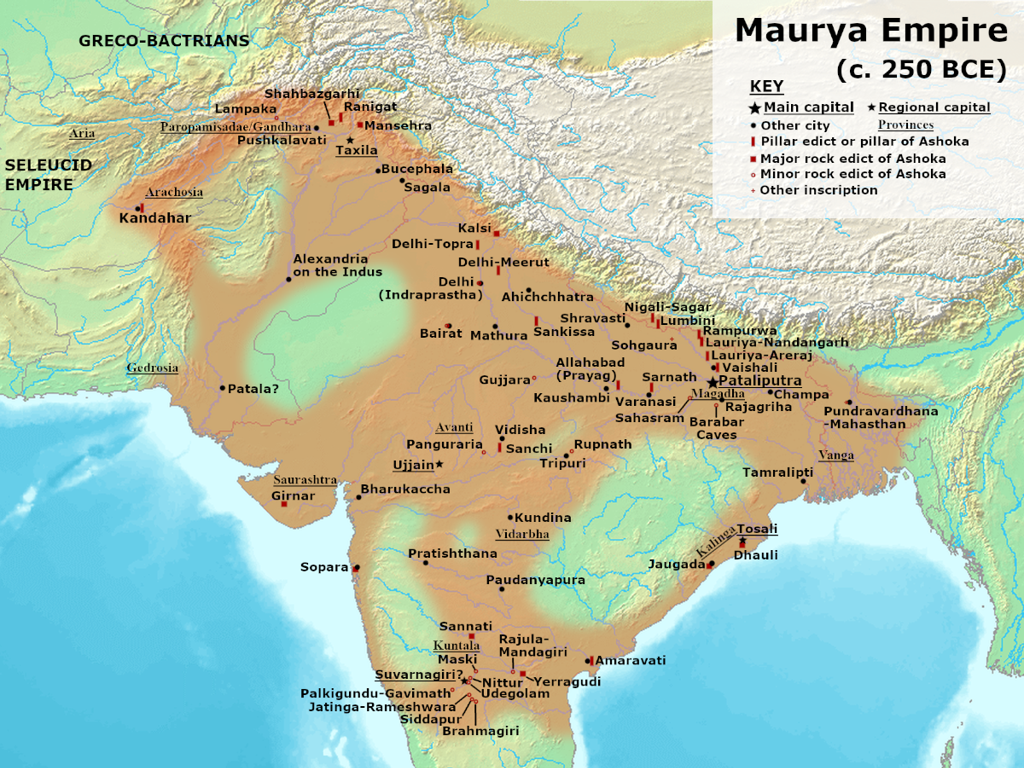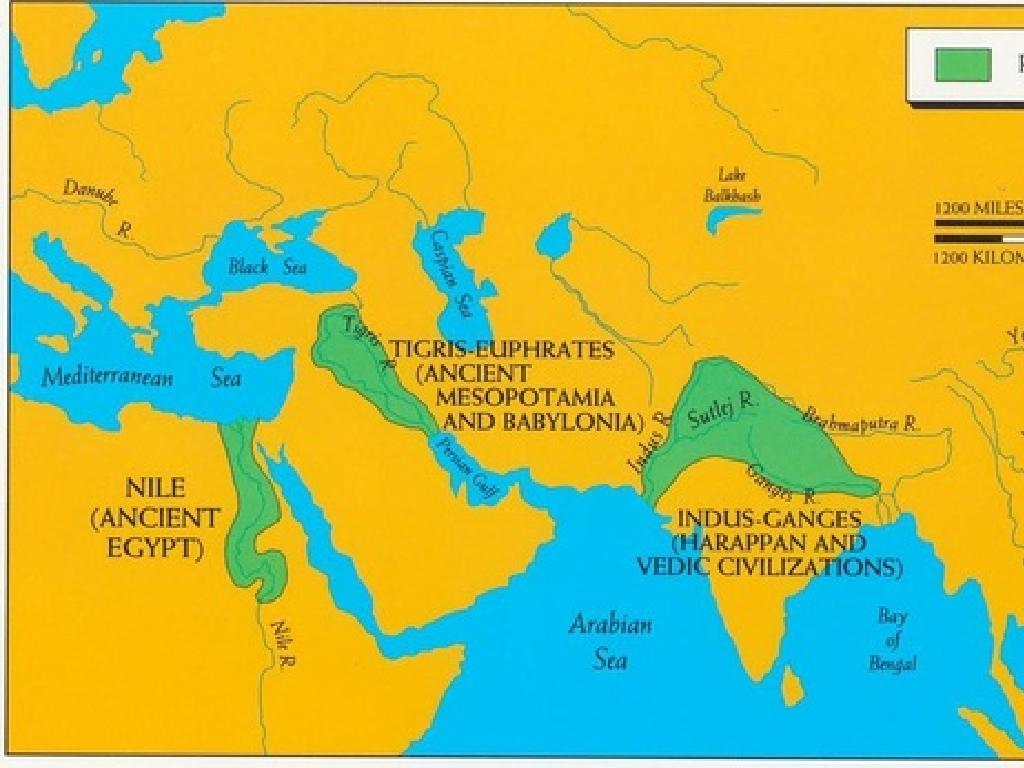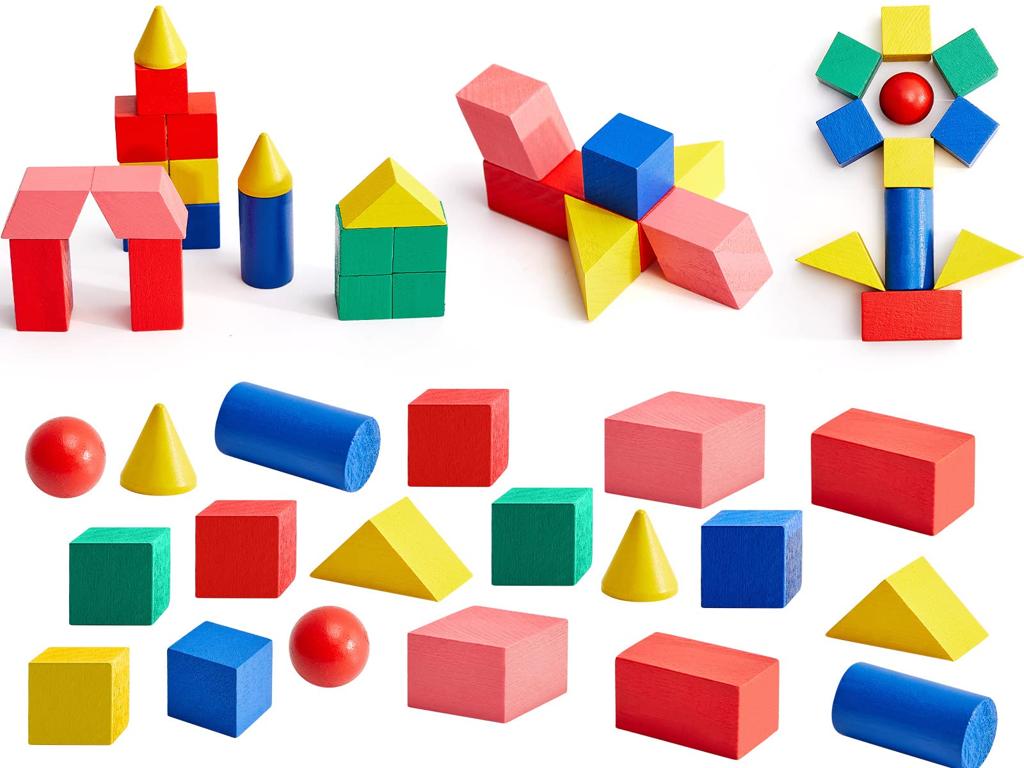Angiosperm And Conifer Life Cycles
Subject: Science
Grade: Eighth grade
Topic: Plant Reproduction
Please LOG IN to download the presentation. Access is available to registered users only.
View More Content
Introduction to Plant Reproduction
– Miracle of life in plants
Plants reproduce to continue their species, using diverse methods.
– Overview of plant reproduction
Plants can reproduce sexually or asexually, with unique structures and processes.
– Angiosperms vs. Conifers
Angiosperms have flowers and produce seeds in fruits; conifers reproduce with cones and have needle-like leaves.
– Significance in ecosystems
|
This slide introduces the concept of plant reproduction, emphasizing the incredible ways in which plants ensure the continuation of their species. It provides a brief overview of the two main types of plant reproduction, sexual and asexual, and sets the stage for comparing angiosperms and conifers. Angiosperms, or flowering plants, have a distinct reproductive process involving flowers and fruit, while conifers, such as pine trees, reproduce through cones. Understanding these differences is crucial for students as it highlights the diversity of life cycles in the plant kingdom and their roles in various ecosystems. The slide will lead to a more detailed discussion on the specific life cycles of angiosperms and conifers in subsequent slides.
Exploring Angiosperms: The Flowering Plants
– Definition of Angiosperms
– Angiosperms are plants that produce flowers and seeds enclosed within a fruit.
– Key Characteristics
– They have diverse forms, broad leaves, and produce fruits and flowers.
– Common Angiosperm Examples
– Examples include roses, daisies, and oak trees.
– Significance in Ecosystems
– They are crucial for food chains and human agriculture.
|
This slide introduces students to angiosperms, which are the most diverse group of land plants. Angiosperms are characterized by their ability to produce flowers and fruits, which enclose the seeds. They are found in a wide range of habitats and include familiar plants such as fruit trees, ornamentals, and hardwood trees. Discuss the importance of angiosperms in ecosystems, including their role in providing food and habitat for animals, as well as their use in human agriculture for crops, spices, and medicines. Encourage students to think of angiosperms they encounter daily and to consider the variety of forms and functions these plants have.
Exploring the Angiosperm Life Cycle
– Stages of angiosperm development
– From seed to flowering plant, including germination and maturity
– Flowers & fruits in reproduction
– Flowers attract pollinators, fruits protect seeds
– Pollination process
– Transfer of pollen from anthers to stigma
– Fertilization and its role
– Union of pollen and ovule to form a seed
|
This slide aims to provide an overview of the angiosperm life cycle, highlighting the key stages from seed germination to plant maturity. Emphasize the importance of flowers and fruits in the reproductive process; flowers serve to attract pollinators, while fruits are crucial for seed protection and dispersal. Discuss the pollination process, where pollen is transferred to the female reproductive parts of the plant, and fertilization, where the pollen and ovule unite to form a new seed, leading to genetic diversity. Use diagrams to illustrate these processes if possible, and encourage students to think of examples of angiosperms they encounter in daily life.
Exploring Conifers: The Cone-Bearing Plants
– Definition of conifers
– Conifers are gymnosperms, plants with seeds but no flowers or fruit.
– Key characteristics of conifers
– They have needle-like leaves, produce cones, and are mostly evergreen.
– Examples of coniferous plants
– Pine, cedar, spruce, and fir are well-known conifers.
– Significance in ecosystems
– Conifers play crucial roles in forest ecosystems and as timber sources.
|
This slide introduces students to conifers, a group of gymnosperm plants that are easily recognized by their cones. Emphasize that unlike angiosperms, conifers do not produce flowers or fruits but instead bear seeds in cones. Discuss the adaptations of conifers, such as needle-like leaves, which help them survive in various climates, especially colder regions. Provide examples of common conifers and encourage students to think of conifers they may have seen in their local environment. Highlight the ecological and economic importance of conifers, including their role in providing habitats and as a major source of lumber.
Conifer Life Cycle: From Cone to Tree
– Stages of conifer life cycle
– Conifers begin as seeds, grow into seedlings, mature into trees, and produce cones.
– Role of cones in reproduction
– Female cones produce seeds, while male cones release pollen.
– Pollination process in conifers
– Pollen from male cones must reach female cones to fertilize seeds.
– Significance of wind in pollination
– Wind carries pollen between cones, enabling fertilization without animal pollinators.
|
This slide introduces students to the life cycle of conifers, emphasizing the importance of cones in their reproductive process. It’s crucial to explain that conifers, unlike angiosperms, do not produce flowers but rely on cones for reproduction. The male cones release pollen, which is carried by the wind to female cones, leading to the fertilization of seeds. Highlight the significance of wind as a natural element in the pollination process, as conifers typically do not depend on animals for pollination. Encourage students to think about the efficiency of this system and how it is adapted to the environments where conifers are commonly found.
Comparing Angiosperms and Conifers
– Life cycle similarities
– Both have a dominant sporophyte stage and use seeds for reproduction.
– Distinct reproductive adaptations
– Angiosperms use flowers and fruit; conifers rely on cones and wind.
– Seed dispersal significance
– Seed dispersal is crucial for species survival and genetic diversity.
– Environmental impact on reproduction
– Different habitats lead to unique reproductive strategies for each.
|
This slide aims to compare and contrast the life cycles of angiosperms and conifers, highlighting their similarities such as the use of seeds and differences in reproductive structures and strategies. Discuss how angiosperms have adapted to attract pollinators with their flowers and fruits, while conifers are adapted to wind pollination with their cones. Emphasize the importance of seed dispersal in allowing plants to colonize new areas and maintain genetic diversity. Finally, explore how different environments have influenced the reproductive adaptations of these two groups of plants. Encourage students to think about how these adaptations have enabled angiosperms and conifers to become successful in a wide range of ecosystems.
Class Activity: Dissecting a Flower
– Dissect and label flower parts
– Learn parts’ roles in reproduction
– Stigma catches pollen, ovary holds ovules, etc.
– Observe pollen with a microscope
– See the structure that carries male gametes
– Discuss findings and questions
|
This hands-on activity is designed to help students understand the structure and function of flower parts in the context of plant reproduction. Provide students with flowers to dissect and label, ensuring they can identify the stigma, ovary, petals, and other key parts. Explain the role each part plays in the process of reproduction, such as how the stigma is vital for catching pollen. Use microscopes to observe pollen grains and discuss their role in fertilization. Encourage students to ask questions and discuss their observations. Possible variations of the activity could include comparing flowers from different plants, sketching the dissected flower, or having students hypothesize the function of each part before the explanation.
Class Activity: Pine Cone Investigation
– Examine various pine cones
– Identify male and female cones
– Male cones are smaller; female cones are larger and woody
– Explore seed release process
– Observe how seeds are dispersed from the cones
– Document observations
– Use a journal to record findings and draw the cones
|
This activity is designed to give students a hands-on experience with the reproductive structures of conifers. Provide a variety of pine cones for students to examine. Guide them to notice differences in size and texture to distinguish between male and female cones. Discuss the role of wind in seed dispersal and allow students to gently tap or shake the cones to simulate this process. Encourage detailed observations and drawings in their science journals. Possible variations of the activity could include: 1) Comparing cones from different species of conifers, 2) Investigating the conditions that lead to the opening of pine cones, 3) Researching the life cycle of a pine tree, 4) Creating a diagram of the seed dispersal process.
Recap: Plant Life Cycles & Their Importance
– Review: Angiosperm life cycle
– Angiosperms have a complex cycle including flowers and fruit
– Review: Conifer life cycle
– Conifers reproduce with cones and have a simpler cycle
– Significance of plant reproduction
– Essential for ecosystem balance and human sustenance
– Engage in Q&A session
|
This slide aims to summarize the key points discussed about the life cycles of angiosperms and conifers. Highlight the differences between the two, with angiosperms having a distinct flowering phase leading to fruit production, while conifers rely on cones for their reproductive process. Emphasize the importance of plant reproduction in maintaining ecological balance, providing food, and sustaining life on Earth. The Q&A session will allow students to clarify any doubts and solidify their understanding of the topic. Prepare to answer questions on the stages of each life cycle, their ecological roles, and their significance to humans.
Homework: Local Plant Life Cycles
– Research a local angiosperm
– Study a local conifer
– Prepare a life cycle report
– Detail the stages from seed to maturity
– Include visuals in your report
– Drawings or photos to illustrate stages
|
Students are tasked with exploring the life cycles of plants native to their area, focusing on one angiosperm and one conifer. They should use reliable sources to research the specific stages of each plant’s life cycle, from germination to seed production. The report should include an introduction, detailed descriptions of each life cycle stage, and a conclusion summarizing their findings. Visual aids are crucial for understanding and should be incorporated into the report, either through drawings or photographs. This assignment will help students recognize the diversity of plant life cycles and the importance of local flora. Encourage creativity and thorough research. Provide examples of local plants if necessary to guide their research.






